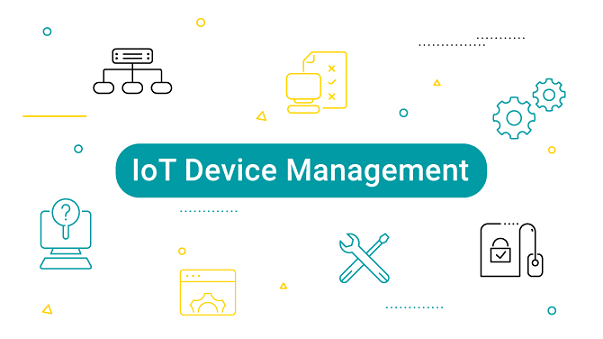Safeguarding IoT Devices: A Guide to Effective SSH Key Management and Secure IoT Remote Access
With the rise of Internet of Things (IoT) gadgets weaving their way into daily life and industry, finding the best ways to keep them secure has never been more important. From smart homes to factory floors, these devices need solid remote access security to keep hackers out. One of the key tools in this process is SSH key management, which, when done right, gives people a secure way to manage and access these devices. This article dives into the best ways to handle SSH keys for IoT device management and secure remote access, giving an easy-to-follow guide on how to keep them safe.

Understanding SSH Key Management in IoT Devices
People across industries are increasingly using SSH, or Secure Shell, as a safeguard to keep data exchanges safe over networks that aren't always trustworthy. Now, when it comes to IoT devices, using SSH keys as a way to log in without passwords is more secure-passwords, after all, can be guessed or stolen. These keys, which come in matched pairs of private and public, make sure that only trusted entities have access to sensitive information. Naturally, good SSH key management becomes essential for IoT device management, especially since it streamlines remote SSH access for secure device control.
The complexity grows with more IoT devices on board. Managing the keys for hundreds, or even thousands, of connected devices without a plan can get chaotic fast. But having a solid SSH key management approach helps tackle unauthorized access and keeps things neat and manageable.
Key Challenges in Managing SSH Keys for IoT
Now, any organization with a good number of IoT devices faces a unique set of hurdles with SSH key management. Here's a rundown of the big challenges:
- Scaling and Central Control: Managing a handful of devices is one thing, but handling thousands? That's a whole new ballgame. To do it right, firms need a centralized control setup that can expand as the network of devices grows.
- Key Rotation and Removal: Just like you'd change the locks when someone moves out, SSH keys need regular refreshing. And if there's ever a need to shut out a user, old keys need to be removed swiftly, or security could be at risk.
- Keeping Compliant: Certain industries are strict with their security standards-finance, healthcare, and the like. Having the proper management of keys ensures that IoT systems stay compliant with regulations.
- Dealing with Device Weaknesses: Some IoT gadgets start out with default passwords or outdated software, making them easy prey for hackers. Active SSH key management addresses these risks by tightening up access controls.
Secure IoT Remote SSH Access
IoT devices often need remote access to work well, especially when they're spread out over a large area. Remote SSH access is incredibly useful, but securing it needs some careful thought. Here's how companies can safely allow IoT remote ssh access for IoT devices:
- Use VPNs and Firewalls: While SSH keys are great for authentication, adding a VPN (Virtual Private Network) provides another layer of security, encrypting data further. A solid firewall adds yet another layer by ensuring that only trusted networks get access.
- Multi-Factor Authentication (MFA): To double up on security, companies can combine SSH key-based access with Multi-Factor Authentication (MFA). Even if an SSH key falls into the wrong hands, MFA requires an additional step, making it harder for unauthorized users to break in.
- Use Secure Gateways: In settings with many remote devices, secure gateways can be placed between the devices and remote users. These gateways keep strict access policies and help monitor security at a single point.
- Protected Channels for Firmware Updates: IoT devices occasionally need firmware updates, which fix vulnerabilities. SSH keys allow updates to happen securely, ensuring only trusted updates are applied to the devices.

RemoteIoT SSH Key Management
RemoteIoT provides centralized and automated SSH key lifecycle management. The RemoteIoT SSH Key Management tools eliminate the complexity of distributing and managing SSH keys across systems. This centralized approach simplifies key distribution, rotation, and revocation, providing a single point of control. It simplifies security policy enforcement and compliance assurance.
In Summary
With more IoT devices connected every day, strong SSH key management and secure remote SSH access become increasingly important. IoT gadgets are favorite targets for cyber-attacks, making it critical to prioritize robust SSH key management with a centralized solution, automated key rotation, and regular audits. Following these best practices not only strengthens IoT security but also helps organizations manage access seamlessly.
By using RemoteIoT central management tools, companies can streamline the oversight of their IoT networks, securing each connection and keeping IoT systems safe from digital threats.
